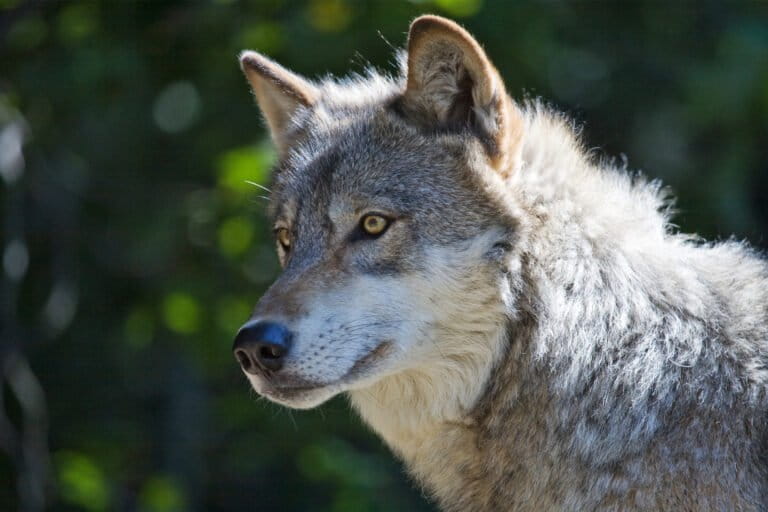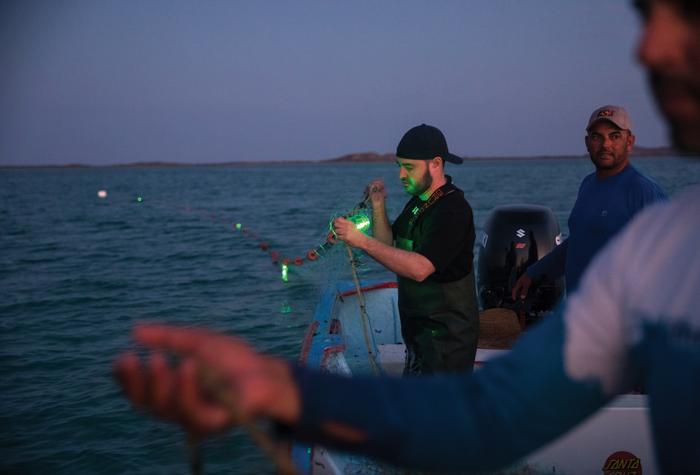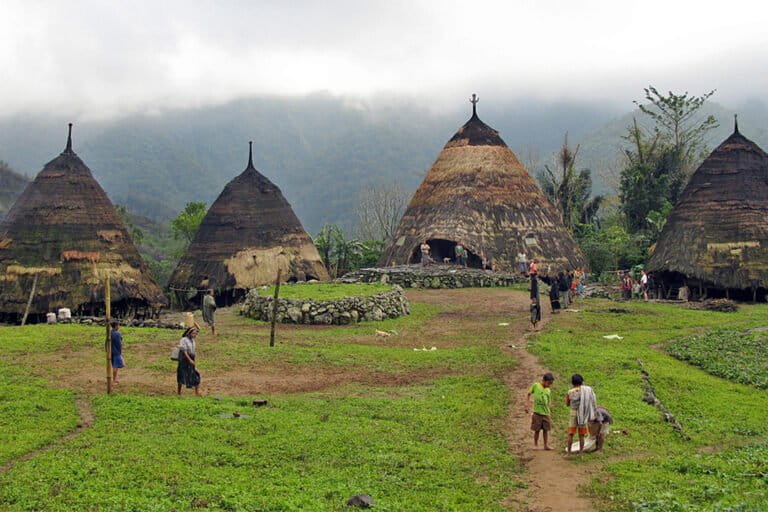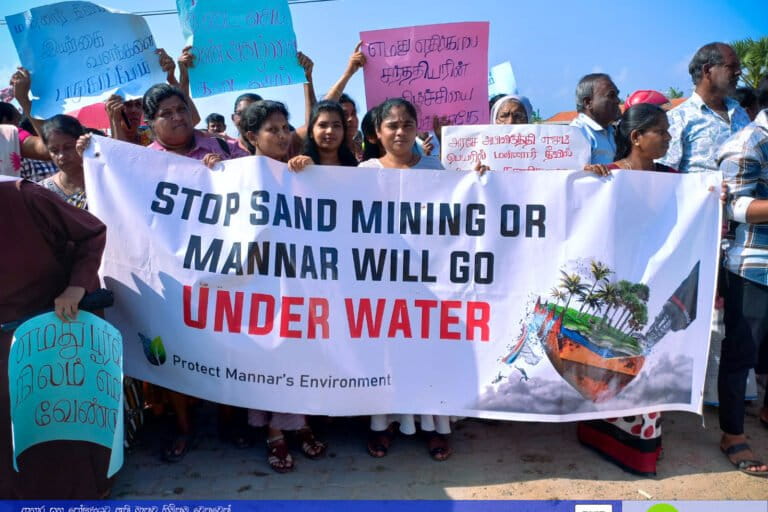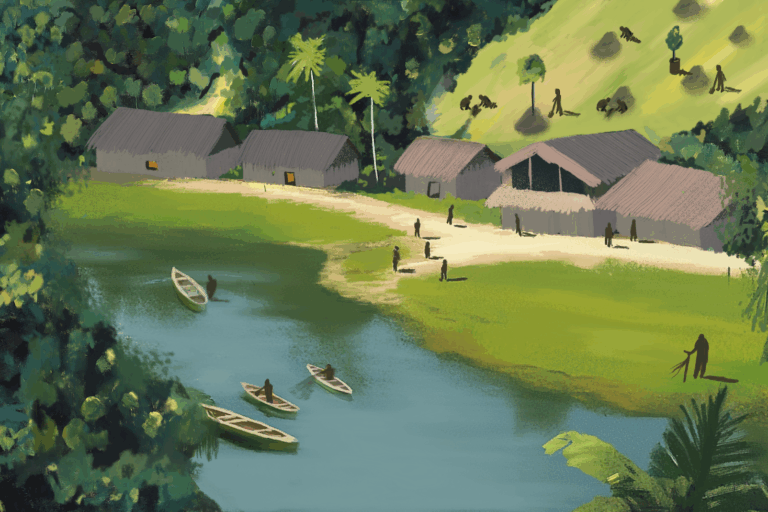- Up to 50% of rainfall in the Amazon comes from the forest itself, as moisture is recycled from the trees to the atmosphere.
- In severe droughts, when the forest loses more water to evaporation than it receives from rain, the trees begin to die. For every three trees that die due to drought in the Amazon rainforest, a fourth tree, even if not directly affected by drought, will also die, according to a new study.
- As trees are lost and the forest dries up, parts of the Amazon will rapidly approach a tipping point, where they will transition into a degraded savanna-like ecosystem with few to no trees.
- The southern and southeastern Amazon are the most vulnerable regions to tipping. Here, deforestation and fires are at their most extreme, driven largely by cattle ranching and soy farming.
The world’s largest rainforest makes its own weather. Up to half of all the rainfall in the Amazon comes from the forest itself, as moisture is recycled from the trees to the atmosphere and back again. So, what happens as droughts grow more severe and less rain enters the system?
For every three trees that die due to drought in the Amazon rainforest, a fourth tree, even if it’s not directly affected by drought, will also die, according to a new study published in the Proceedings of the National Academy of Sciences. Every part of the forest is interlinked, meaning damage in one area can affect neighboring areas, increasing negative effects by one-third.
“We’re investigating what would actually happen to the Amazon rainforest if droughts become more frequent in the future, and that is indeed what is hypothesized with climate change,” Nico Wunderling, study co-author and researcher at the Potsdam Institute for Climate Impact Research, told Mongabay.
Scientists predict that if we continue burning fossil fuels on a business-as-usual trajectory, the Amazon will experience major drought nine out of every 10 years by the year 2060.
As the forest dries up, experts say, parts of it are rapidly approaching a tipping point where they will transition into a degraded savanna-like ecosystem with few to no trees. But rather than thinking of the Amazon rainforest as “one big tipping element that will vanish from Earth past a certain threshold,” Wunderling said, it’s helpful to note that some regions are much more vulnerable to tipping than other regions.
Wunderling and colleagues found that the southern Amazon is the most vulnerable region, the southeast in particular. Here, deforestation is at its most extreme along the infamous “arc of deforestation,” driven largely by cattle ranching and soy farming.

They also found that the severity of droughts matter. “Droughts that become too severe result in tipping,” Wunderling said. In severe drought, the forest loses more water to evaporation than it receives from rain, and the trees begin to die.
Not all trees have the same effect on the forest. When trees die or are cut down in the east, this can have a greater cascading effect on the weather.
It all starts, as most natural systems do, with the sun, which warms the surface waters of the Atlantic Ocean and causes vapor to rise and form clouds. These clouds then carry rain to the eastern Amazon. The forest absorbs the rain and then releases water vapor back into the atmosphere through transpiration from the lush vegetation. Known as the Amazon’s “flying rivers,” this mass of water vapor is carried by winds to the west, contributing up to 50% of rain in the region.
With fewer trees in the east to recycle moisture due to drought and deforestation, the rest of the Amazon also becomes drier. “The lack of moisture recycling in some parts of the forest can be propagated downwind … resulting in approximately one-third of all tipping events,” the paper says.


To arrive at these conclusions the team used a technique called network analysis, dividing a map of the rainforest into 600 sections to see how drought conditions in one area would affect others.
They looked at past measurements such as rainfall and transpiration rates for each section and assumed the trees there would be adapted to these local conditions. For instance, the central Amazon rainforest is adapted to more rain, while southern regions have adapted to drier conditions with deeper-rooted trees and more drought-resilient species.
Yet despite these adaptations, southern forests are not equipped to handle long periods without water. “So we find that even the dry season adapted parts of the Amazon forest won’t necessarily survive a new climate normal and the risk of tipping into savannah or no trees at all is high,” study co-author Boris Sakschewski, also from the Potsdam Institute, said in a statement.
“The consequences for biodiversity would be disastrous, but the same goes for the local, regional and global climate,” he added.

Carlos Nobre, one of Brazil’s top climate scientists and a researcher at the University of São Paulo, who was not involved in the study, said this research is “a good way of showing the sensitivity of the Southern and South Eastern Amazon, which are very vulnerable,” and that these findings are in line with other research.
Not only is the dry season getting longer, Nobre said, it’s also getting drier. “Drought, like we saw in 2005 and 2010, could become the norm,” he said. “The risk of the tipping point is very real.”
He noted the study doesn’t consider forest degradation, fires, or land-use change, all of which are “happening tremendously over all the southern Amazon … With these included, the risks [of reaching a tipping point] become even greater.”
The first signs of more permanent drying in the rainforest are already showing, scientists warn. Species adapted to wet conditions are starting to die, and satellite images show a decrease in water vapor over remote parts of the rainforest, far from the arc of deforestation.
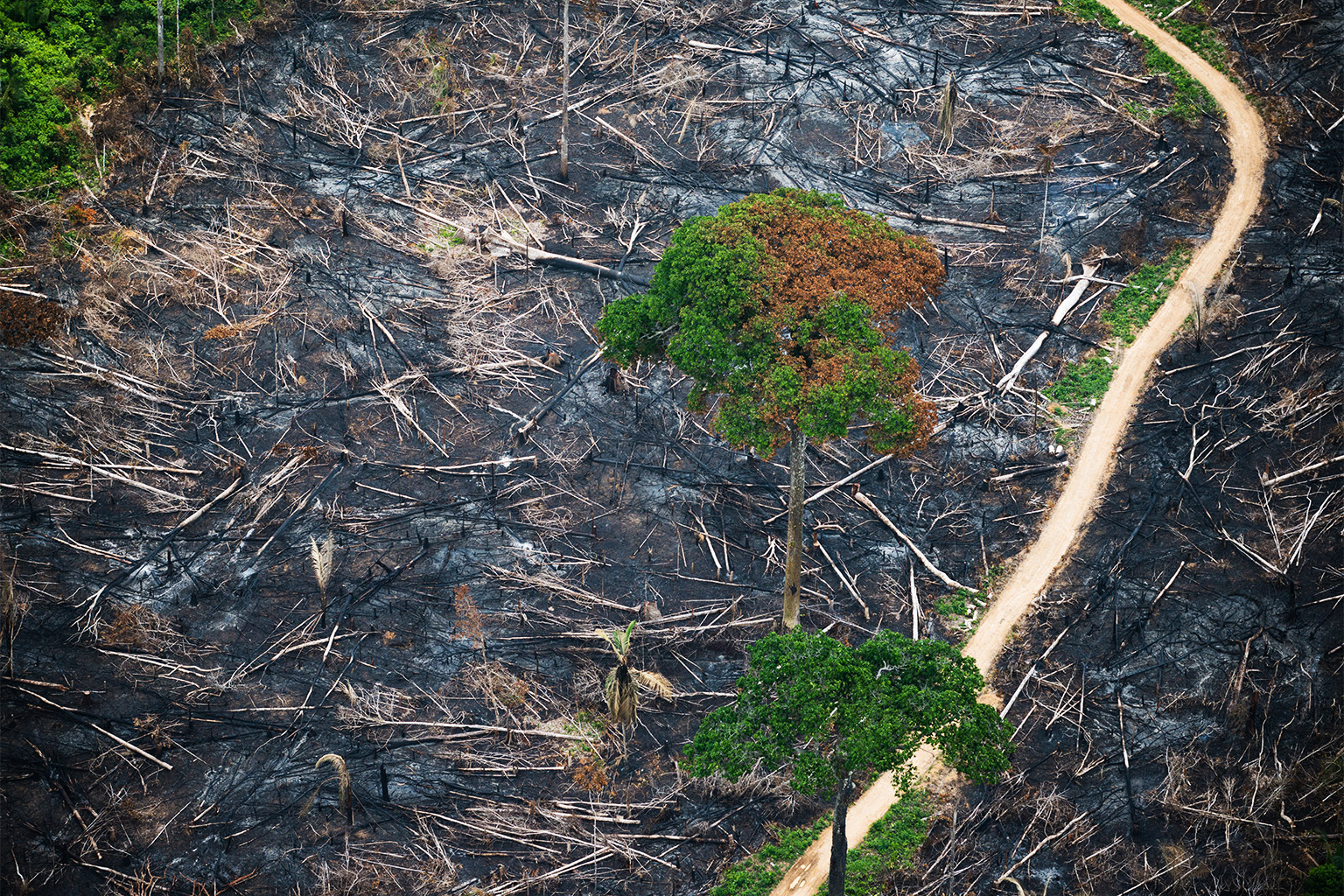
“[W]hile we’ve investigated the impact of drought, that rule also holds for deforestation,” Wunderling said in a statement. “It means essentially when you chop down one acre of forest, what you actually are destroying is 1.3 acres.”
Since 2019, under the administration of President Jair Bolsonaro, an area of the Brazilian Amazon rainforest larger than Belgium has been destroyed. This year alone, rainforest clearing detected in the Brazilian Amazon has surpassed 7,135 square kilometers (2,755 square miles) — the highest on record since 2008 — according to the Brazilian space agency’s deforestation alert system.
Droughts in the Amazon are symptoms of deforestation and climate change. That means we not only need to end deforestation, but we have to meet the Paris Agreement targets, Nobre said. That calls for countries to reduce carbon emissions to limit warming to well below 2° Celsius (3.6° Fahrenheit) above pre-industrial levels by 2030. A recent study estimates a 0.1% chance that nations will reach the Paris Agreement goals, barring swift and dramatic action.
“Unless we reduce emissions,” Nobre said, “even if we get to zero deforestation, most of the forest will disappear.”
Citation:
Wunderling, N., Staal, A., Sakschewski, B., Hirota, M., Tuinenburg, O. A., Donges, J. F., … Winkelmann, R. (2022). Recurrent droughts increase risk of cascading tipping events by outpacing adaptive capacities in the Amazon rainforest. Proceedings of the National Academy of Sciences, 119(32), e2120777119. doi:10.1073/pnas.2120777119
Esquivel-Muelbert, A., Baker, T. R., Dexter, K. G., Lewis, S. L., Brienen, R. J., Feldpausch, T. R., … Phillips, O. L. (2019). Compositional response of Amazon forests to climate change. Global Change Biology, 25(1), 39-56. doi:10.1111/gcb.14413
Barkhordarian, A., Saatchi, S. S., Behrangi, A., Loikith, P. C., & Mechoso, C. R. (2019). A recent systematic increase in vapor pressure deficit over tropical South America. Scientific Reports, 9(1), 15331. doi:10.1038/s41598-019-51857-8
Vargas Zeppetello, L. R., Raftery, A. E., & Battisti, D. S. (2022). Probabilistic projections of increased heat stress driven by climate change. Communications Earth & Environment, 3(1), 183. doi:10.1038/s43247-022-00524-4
Banner image: Deforestation and fire in the municipality of Lábrea, located in northern Amazonas state, Brazil in 2021. Image © Christian Braga/Greenpeace.
Liz Kimbrough is a staff writer for Mongabay. Find her on Twitter: @lizkimbrough_
FEEDBACK: Use this form to send a message to the author of this post. If you want to post a public comment, you can do that at the bottom of the page.








